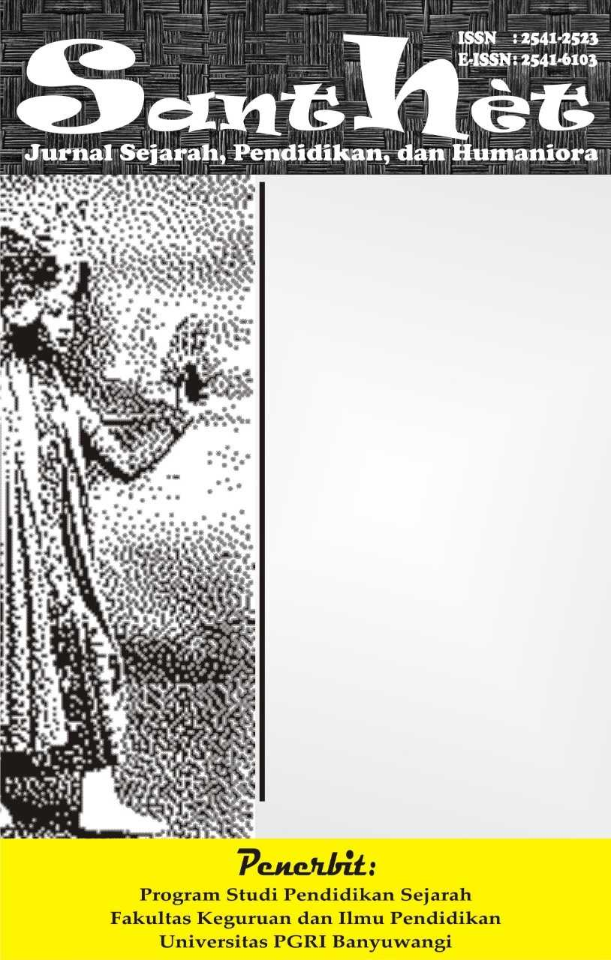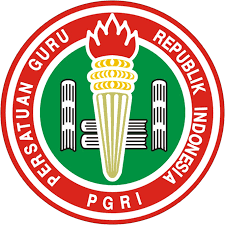A, The Analisis Prinsip Kerja Sama Dalam Film Keluarga Cemara 2
DOI:
https://doi.org/10.36526/santhet.v8i1.3472Keywords:
Prinsip kerja sama, maksim, filmAbstract
This research discusses the principles of cooperation in the film Keluarga Cemara 2. The aim of this research is to describe the principles of cooperation in the film Keluarga Cemara 2. The method used in this research is descriptive qualitative. The data in this research are in the form of words or sentences contained in the narrative of the film Keluarga Cemara 2. The data collection techniques used to obtain research data are free listening and note-taking techniques. The data analysis technique used is a content analysis technique by reading, analyzing, describing and concluding the content of the film Keluarga Cemara 2. The results of this research are conversational dialogues that contain the principle of cooperation which are categorized under the maxim of quantity if the dialogue contains information that meets the needs of the interlocutor and does not exceed the requested needs, the maxim of quality if the dialogue contains information that is believed to be correct and can be proven to be true, the maxim of manner if the dialogue is delivered in the correct way such as avoiding ambiguity, no ambiguity, no long-windedness, and orderly, relevant maxim if the dialogue contains information that is relevant to the context or situation being discussed.
References
Rahmadi. (2011). Pengantar Metodologi Penelitian. Banjarmasin: Antasari Press
Suhartono. (2020). Pragmatik Konteks Indonesia. Surabaya: Graniti.
Tambayong, Yapi. (2019). Ensiklopedia Seni Film. Bandung: Nuansa Cendekia.
Yule, George. (2014). Pragmatik. Yogyakarta: Pustaka Pelajar.





























